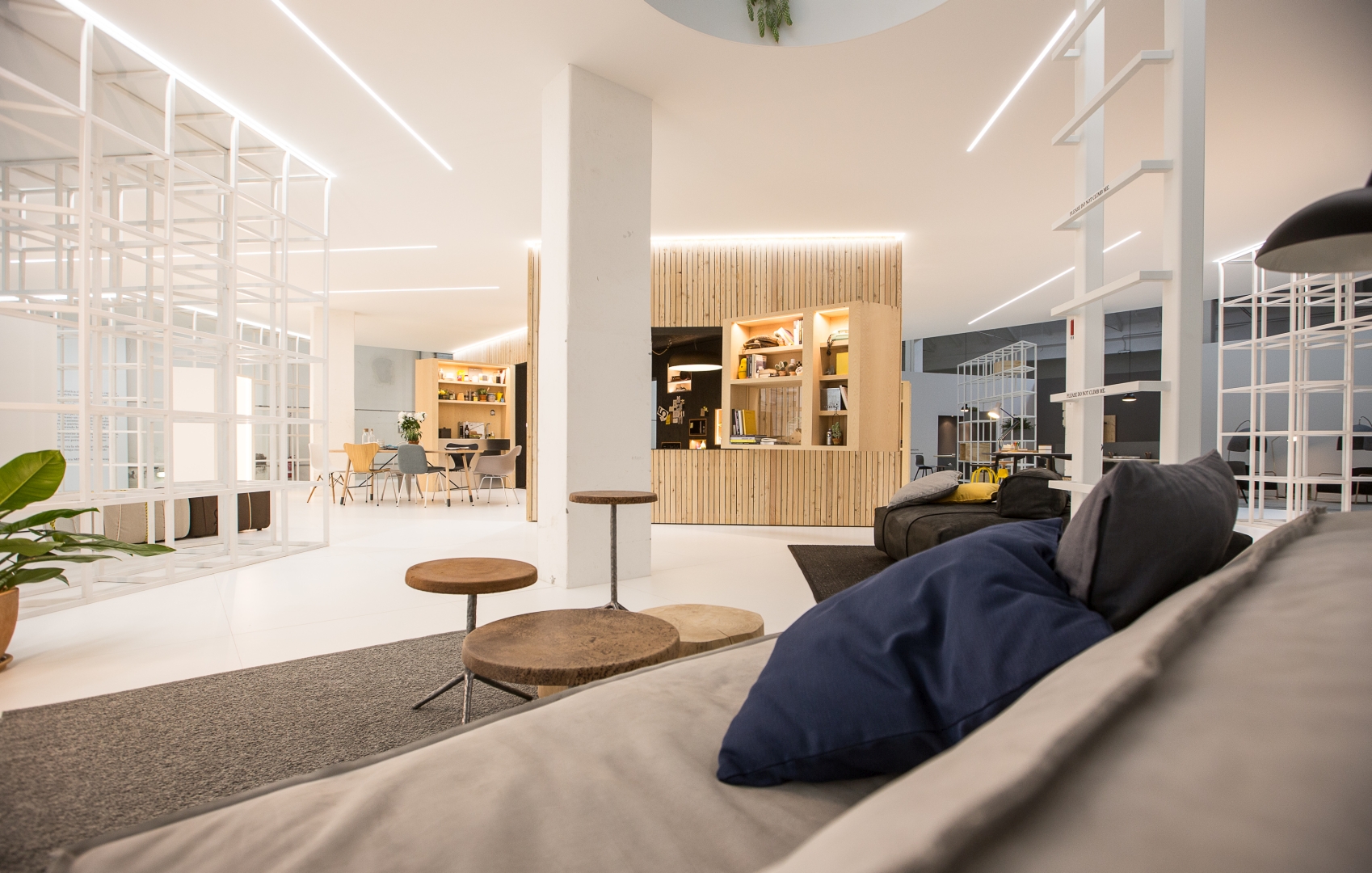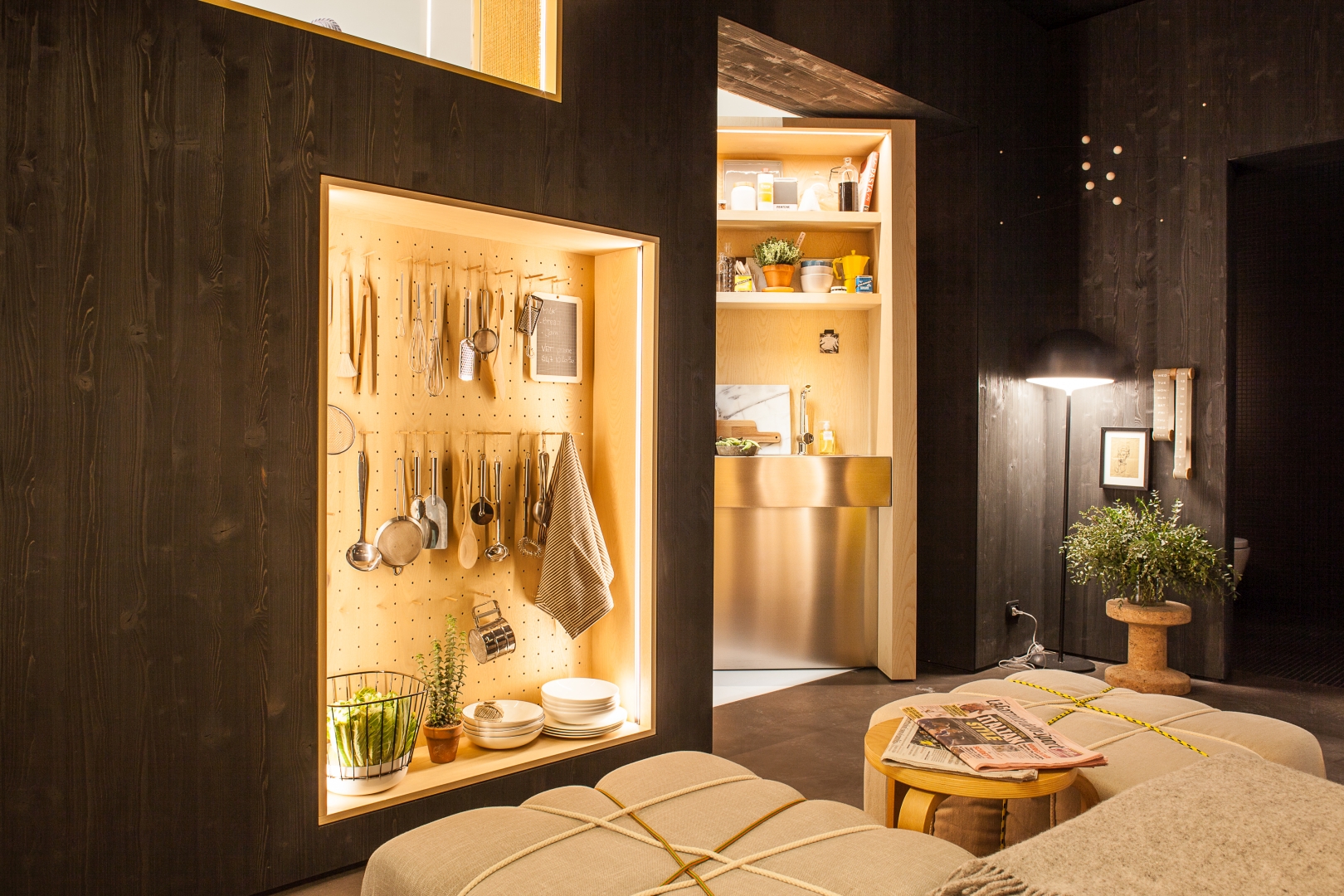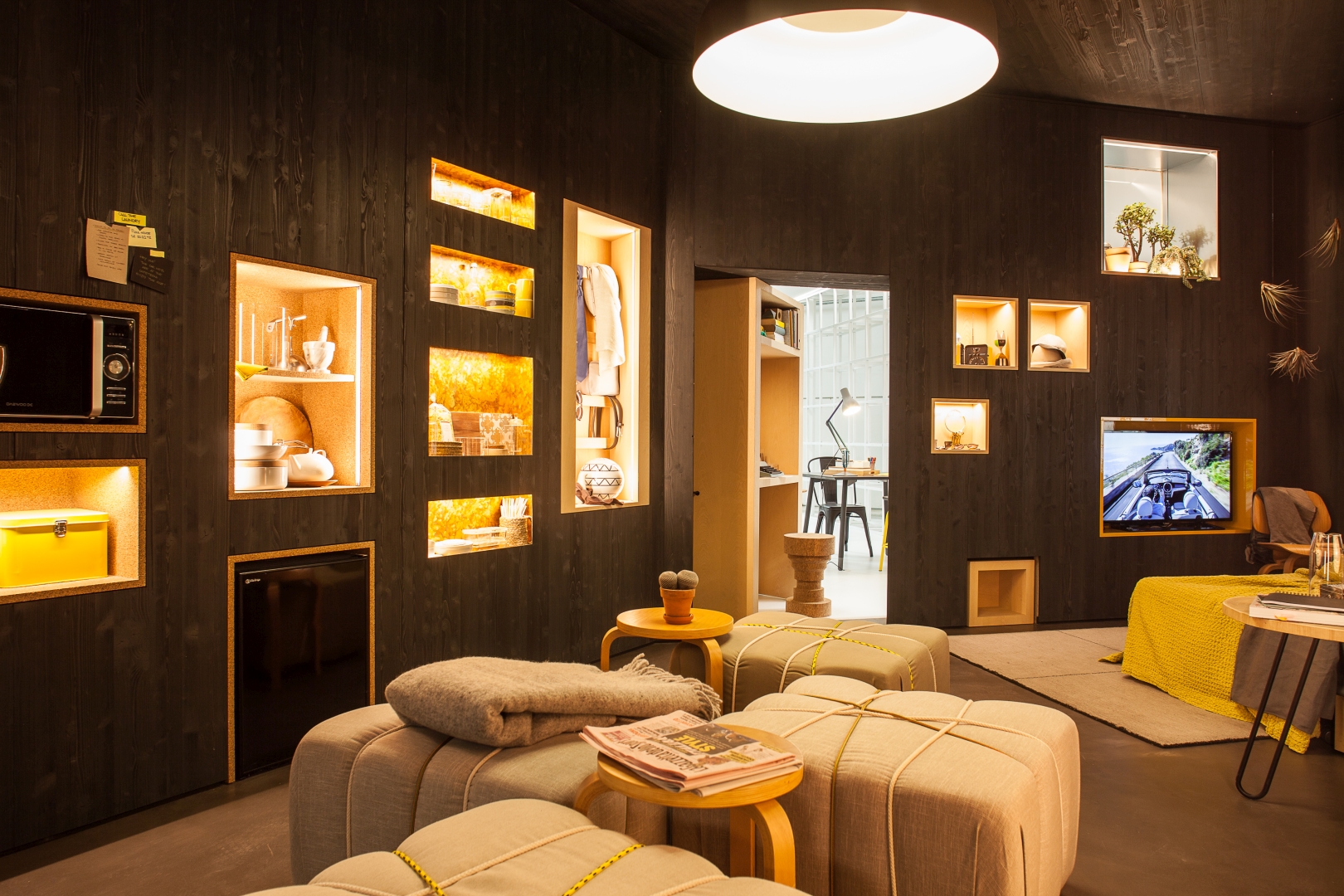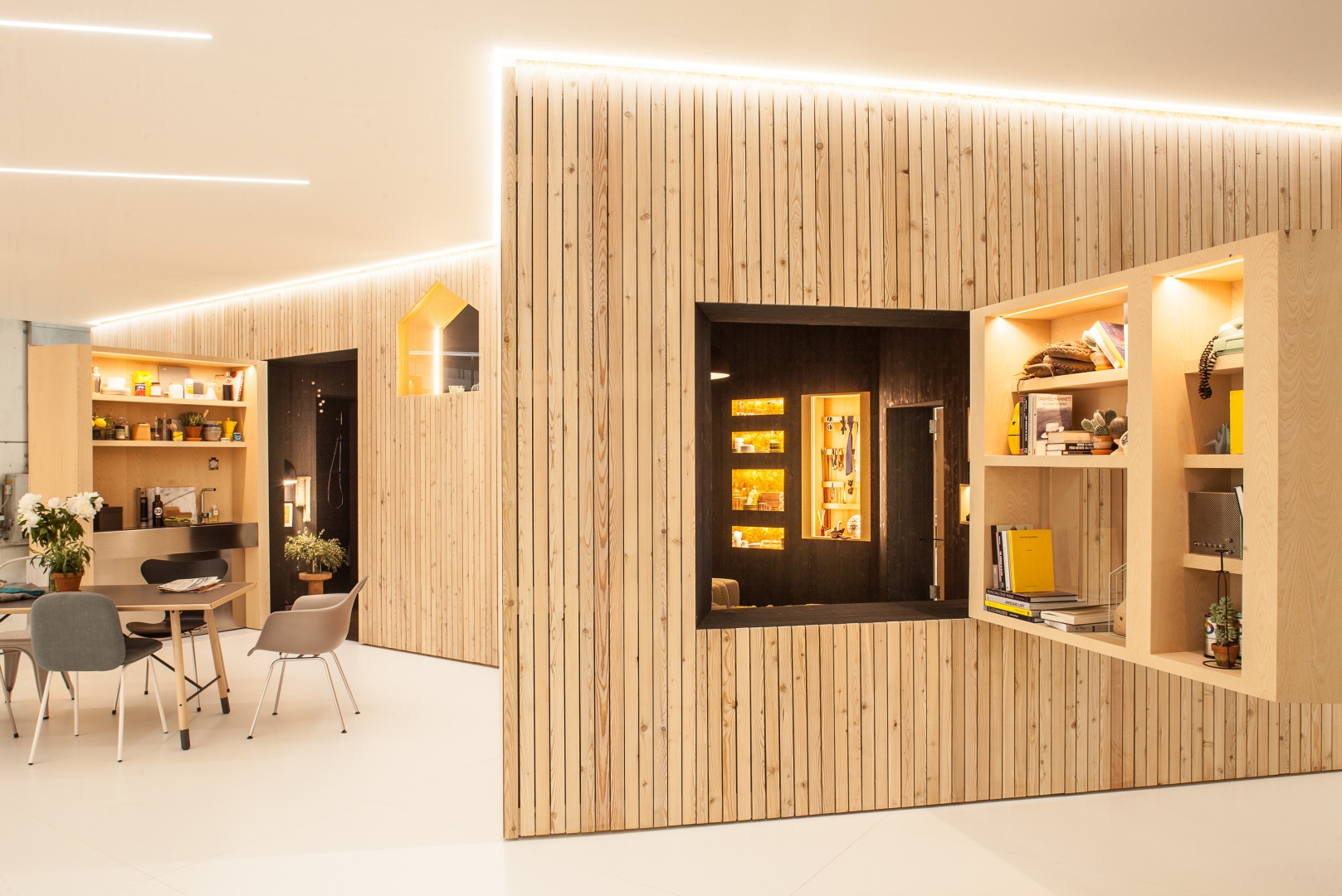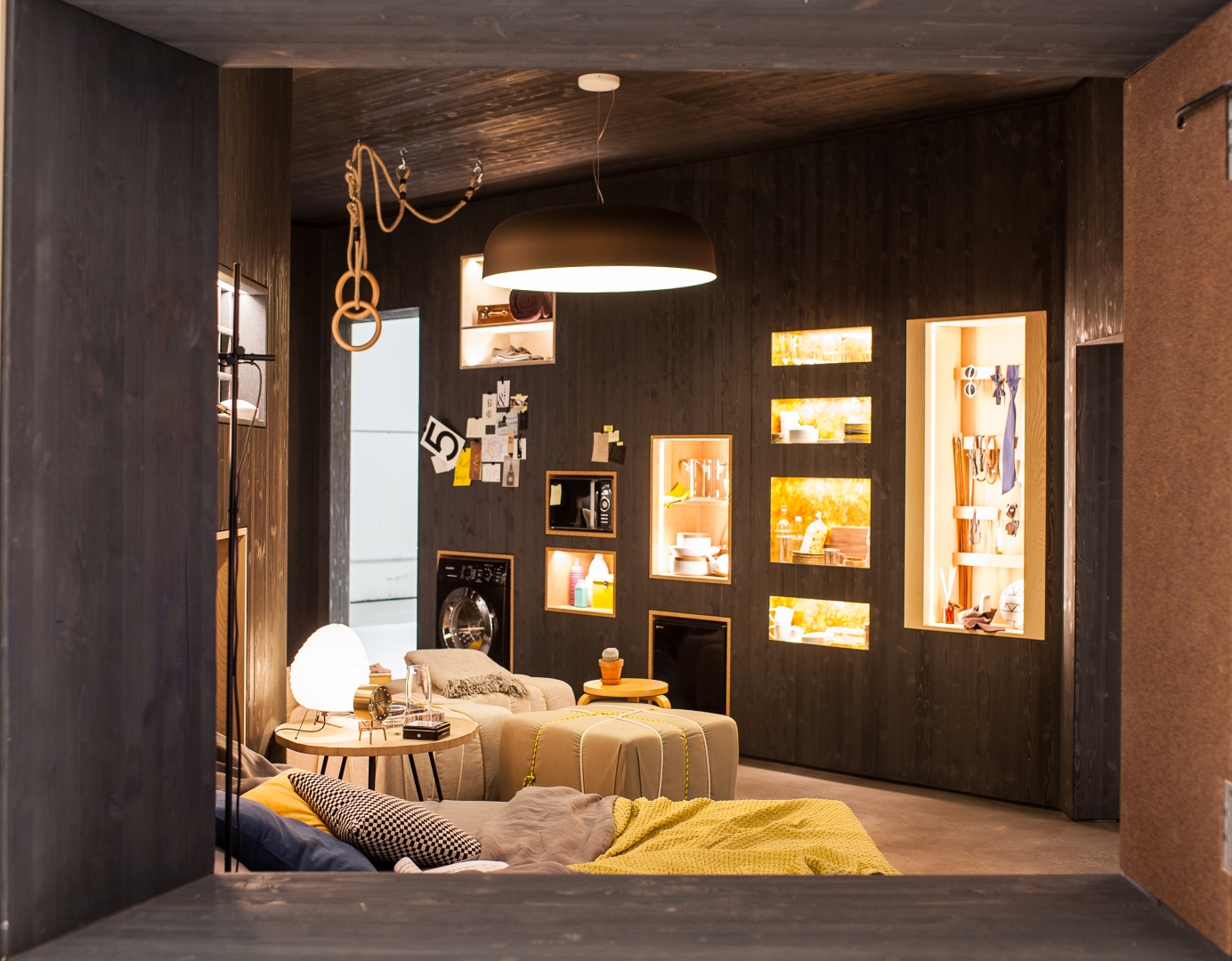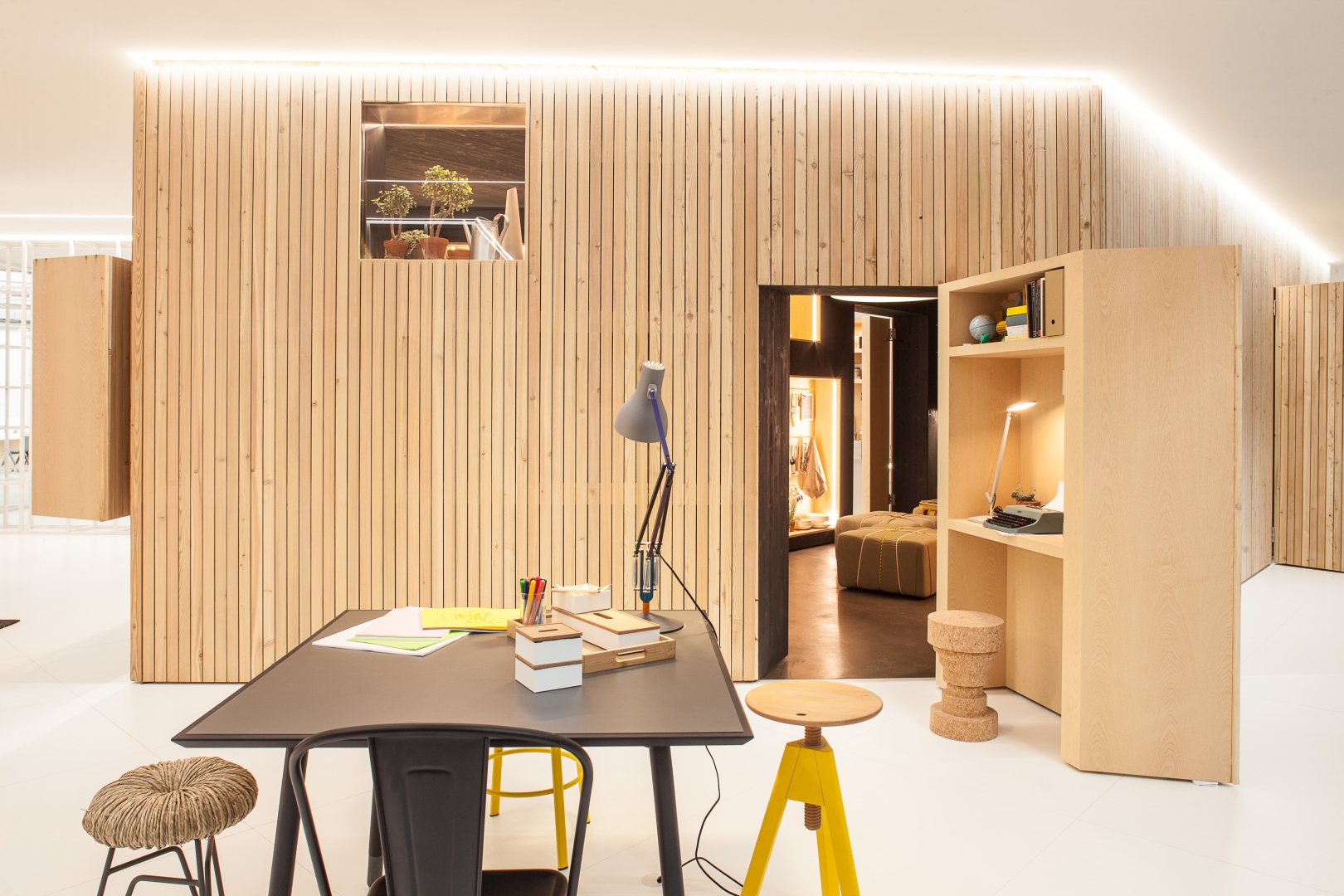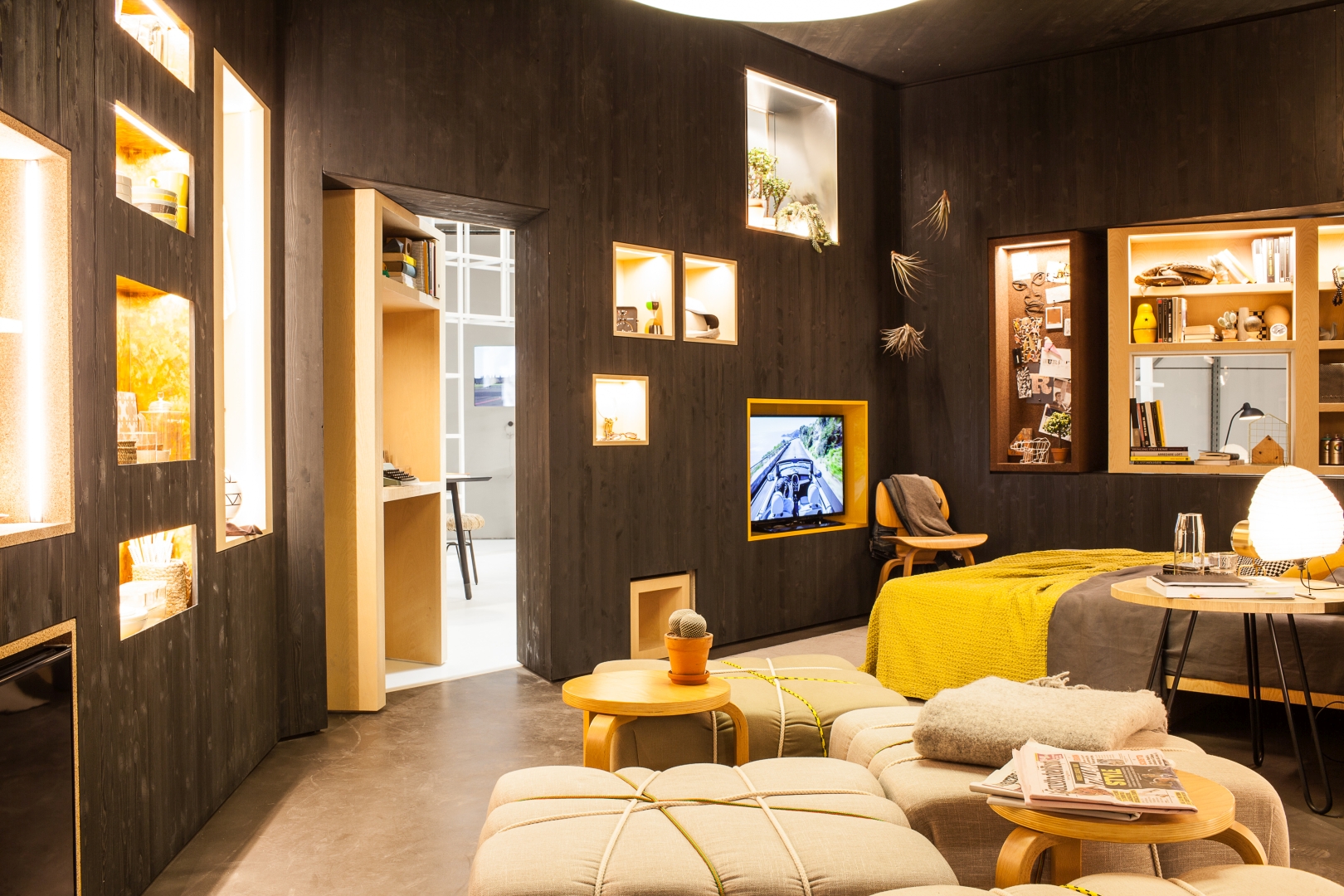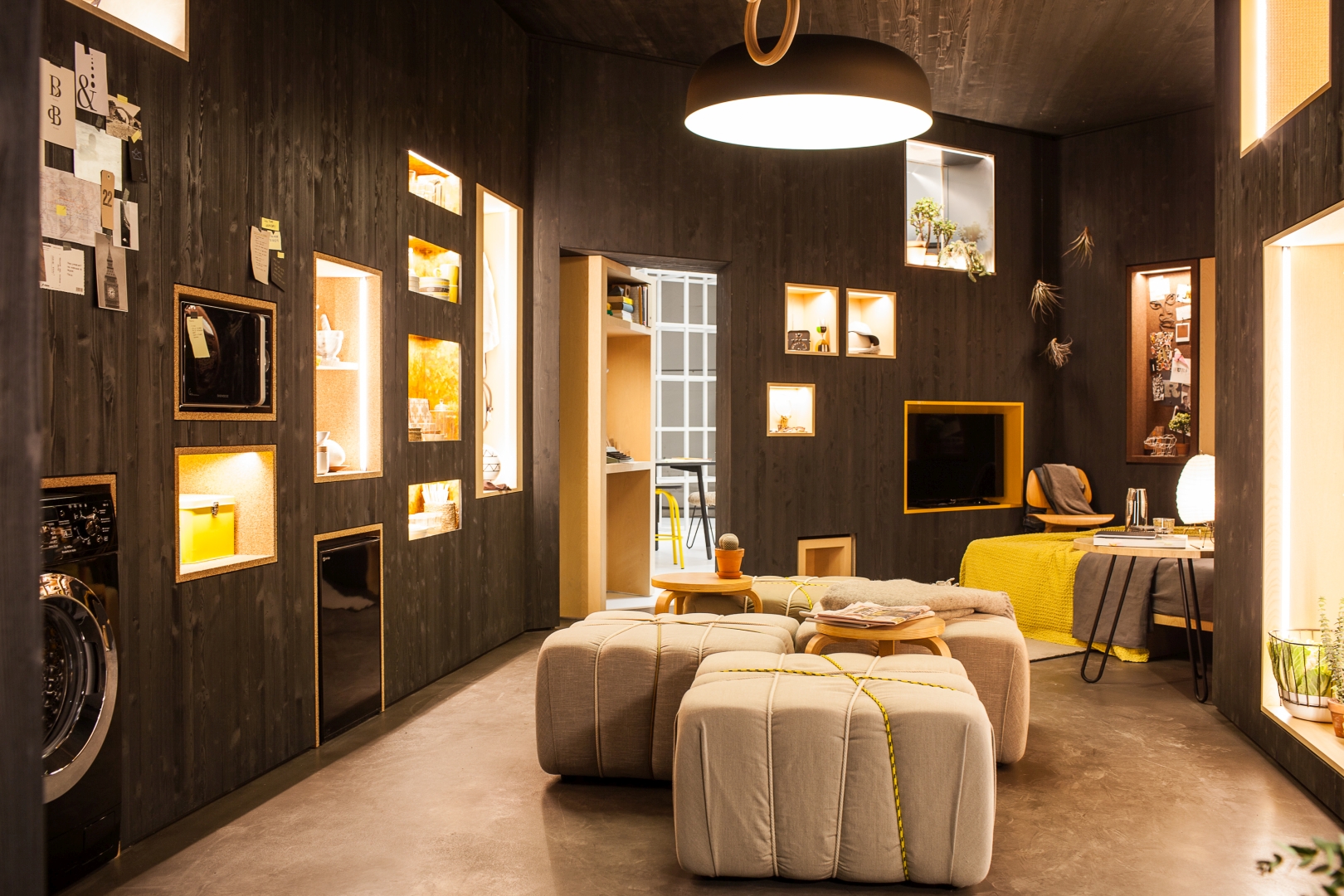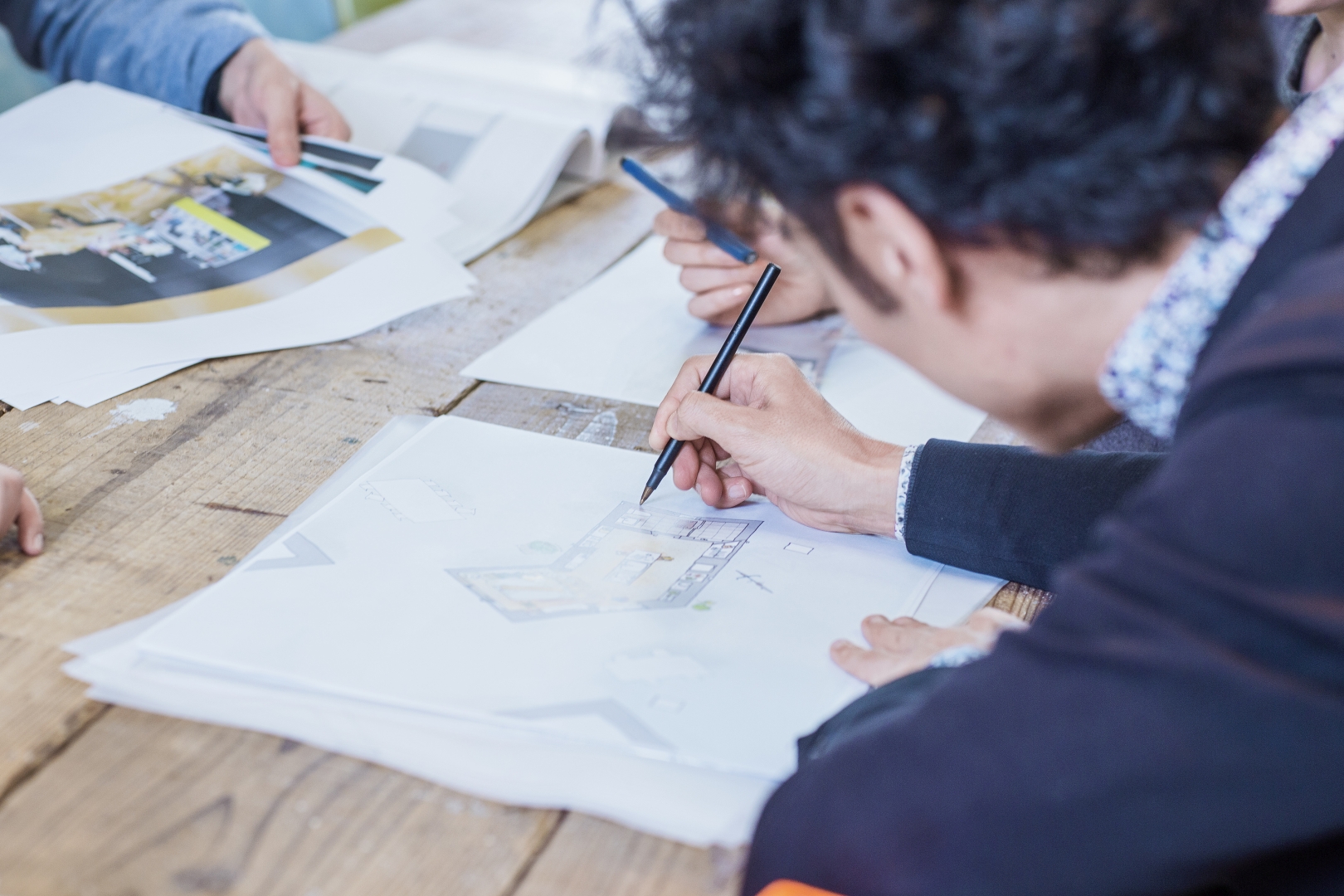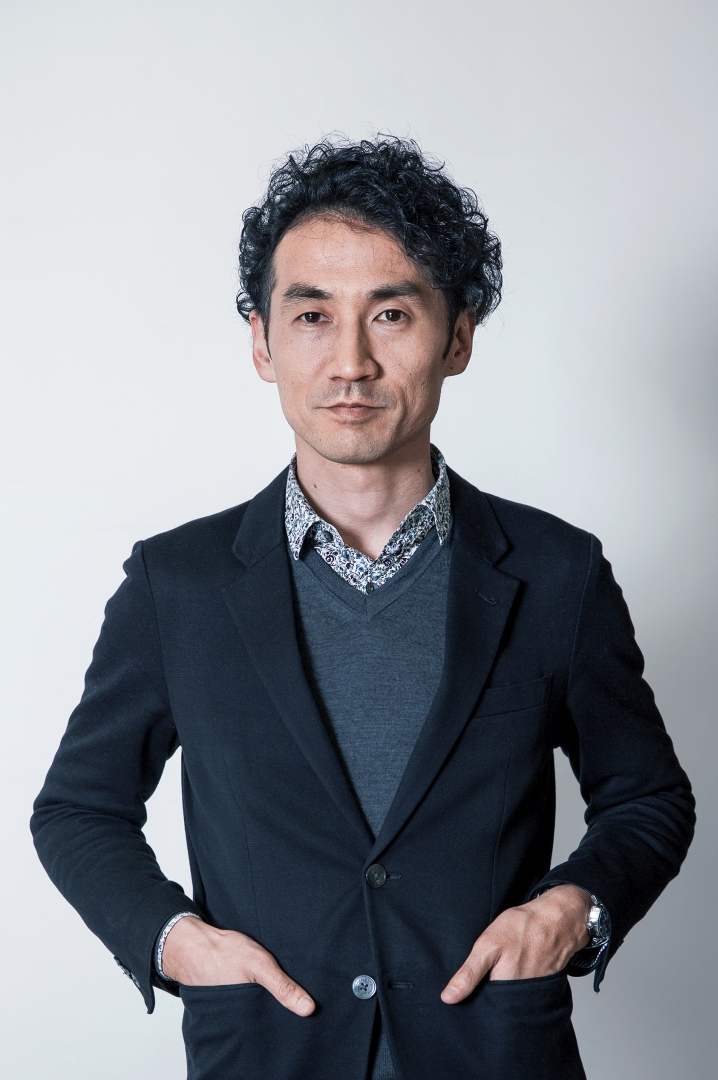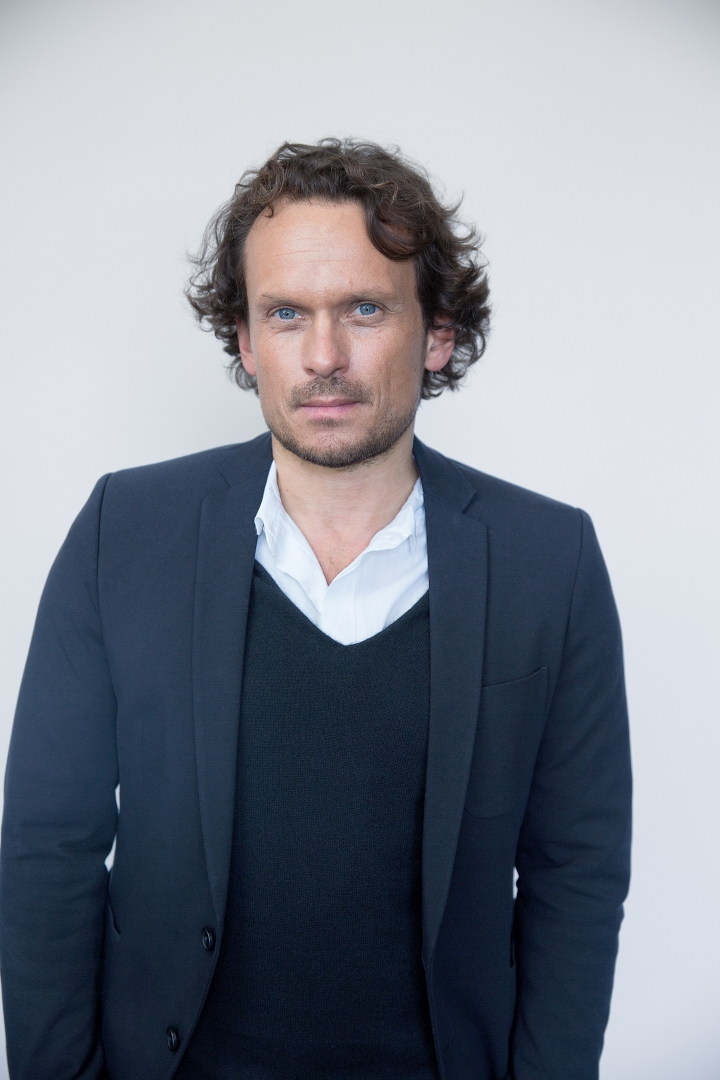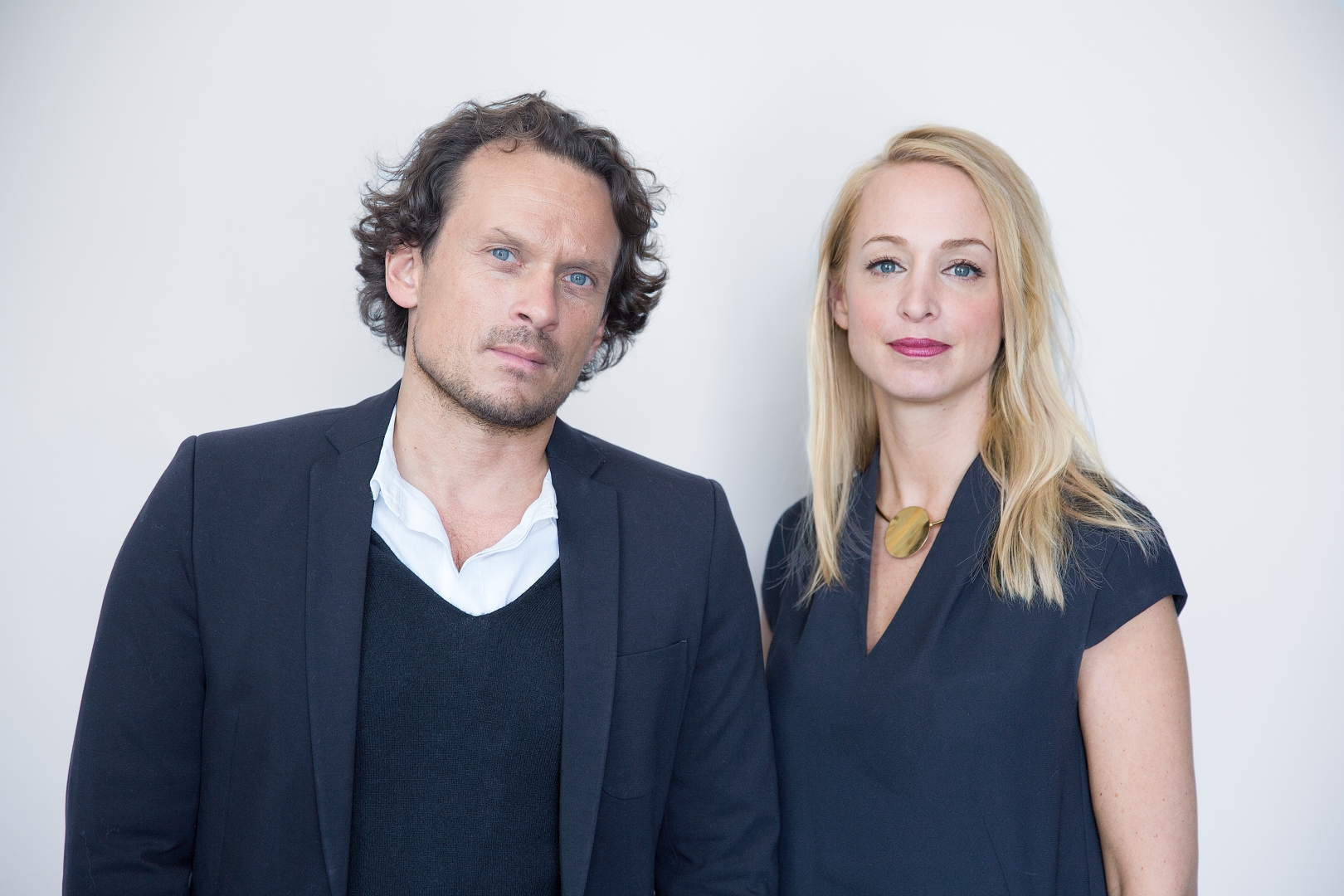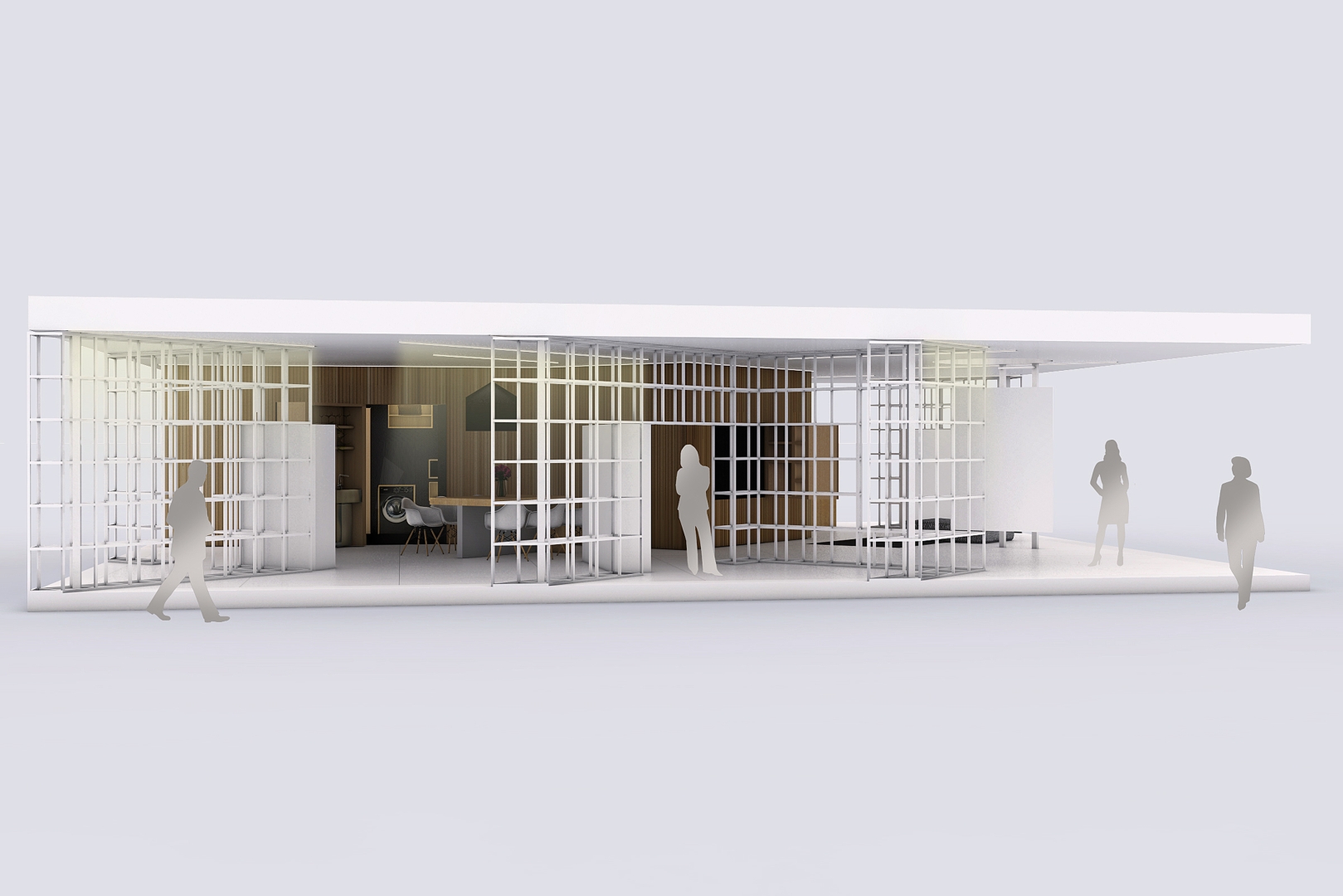This year, at the Salone del Mobile in Milan, MINI brought out an exhibit which focuses on the creative use of space, something the British brand knows a thing or two about. After all, its first car was delivered on the concept of offering as much space as possible inside a car that looked tiny by today’s standards.
The ‘MINI Living’ installation addresses one of the most pressing challenges of urban living – the shortage of attractive, affordable housing – and offers a potential solution in the form of a modern shared-living concept. The installation centered on a 30-square-meter apartment part of a micro-neighbourhood of similar apartments.
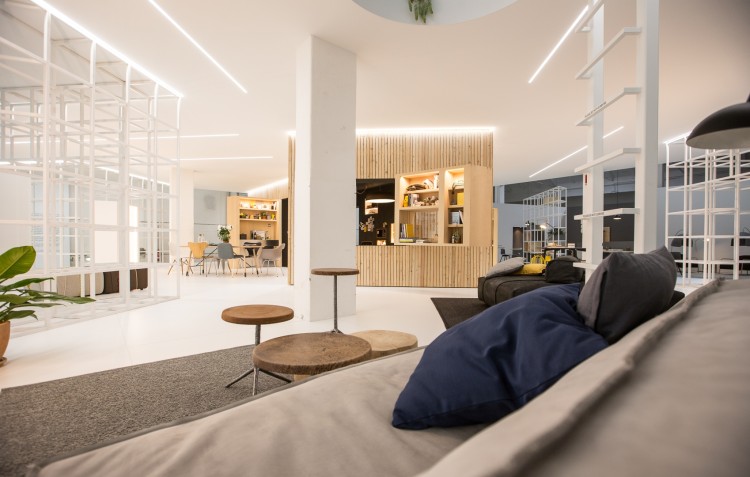
Fold-out shelving modules form the apartment’s walls. Integrated in these modules are a variety of features and systems such as a kitchen unit, a workbench and a music system. The shelves can be opened to give access to the various objects and functions. By opening different shelves, the apartment’s interior space can be combined and reconfigured in many different ways, providing the appropriate backdrop for all sorts of spontaneous activities. Basically, you can fold the apartment’s walls and share the space with your neighbors, opening up for a chat or some quality time spent together.
“With the MINI LIVING installation, we’re looking to be part of a debate about future forms of shared living. In the city, more and more people have to share space which is increasingly scarce and finite. We see a lot of potential in this situation for making urban living more communal and reciprocal. The installation combines both sides of the equation within a compact footprint – it is both a haven of privacy and also an interface to the wider community,” says MINI LIVING project manager Oke Hauser.

The motto of the MINI LIVING installation was ‘Do Disturb’ and somehow invited you to open up to your surroundings and share moments and time with your friends and/or neighbors. This concept has been designed specifically to encourage interaction and to provide an alternative to urban anonymity. Visitors were able to experiment with the flexible elements of the installation to discover for themselves all the different possibilities that are achievable in the spectrum between an “open” and a “closed” living space.






